Public Relations (PR) is a broad and dynamic field, encompassing various specialized areas each designed to support and enhance an organization’s goals. Whether you’re looking to boost your brand’s visibility through media relations, strengthen community ties, navigate crises, or engage on digital platforms, there’s a PR strategy to match every need. This includes fostering internal communication to unify your team, influencing public policy to align with your objectives, and maintaining open lines with investors to ensure transparency.
Our comprehensive guide dives deep into these different facets of PR, offering insights into effective strategy development and how to measure the impact of your PR efforts. Whether you’re new to the field or seeking to refine your skills, explore how each unique branch of PR can help you achieve your communication and business objectives.
Understanding Public Relations
In essence, public relations is a strategic communication process that builds mutually beneficial relationships between organizations and their public.
It plays a crucial role in shaping and maintaining the image of an organization, which, in turn, can impact its success.
Definition and Importance

Consider public relations as the heartbeat of any organization, vital in maintaining a positive relationship with the public and stakeholders. Public relations, or PR, is a strategic communication process that builds and maintains relationships between an organization and its various stakeholders. It’s about shaping public opinion and influencing behaviour through effective storytelling and meaningful engagement.
The importance of PR lies in its ability to foster goodwill, understanding and cooperation. It’s about managing reputation and creating a favourable public image. PR strategies are crucial for corporate social responsibility, enabling organizations to demonstrate their values and commitment to social issues.
Equally important is effective crisis management. PR plays a pivotal role in navigating crises, mitigating damage, and restoring public trust. It’s about being transparent, accountable, and responsive to stakeholder concerns.
Furthermore, PR is instrumental in shaping and guiding conversations about your organization. It’s about telling your story, sharing your vision, and making your voice heard in a crowded marketplace.
In essence, public relations is about building and maintaining relationships. It’s not just about what you do, but how you do it, and most importantly – how you communicate it. With PR, you’re not just selling a product or service, you’re building a brand.
Types of Public Relations
Let’s discuss the various types of public relations.
You’ll find these include Media Relations, Community Relations, Crisis Communication, Social Media PR, and Internal PR, each with its unique approach and objectives.
Understanding these categories can help you identify the most effective PR strategies for your business.
Media Relations
Dive into the world of Media Relations, an essential type of public relations, where businesses forge strong relationships with media outlets to secure positive coverage and enhance their public image. It’s all about working with journalists, creating press releases, and developing effective communication strategies.
When done right, media relations can provide a significant boost to your public image. You’re not just securing coverage; you’re enhancing your image and building trust. The key is to consistently communicate positively, openly, and honestly with media outlets.
Media relations help you to establish and maintain favorable relationships with journalists. These relationships can result in positive coverage that boosts your brand’s reputation. Press releases, interviews, and other communication strategies serve as tools to connect with the media and your audience.
In the end, media relations isn’t just about securing coverage—it’s about building lasting relationships and a positive public image.
Community Relations
In the realm of public relations, community relations plays a crucial role in establishing strong ties with local communities through various outreach programs, fostering goodwill, and securing support. As an organization, your focus on community relations can greatly enhance your positive brand image and fortify the relationships between your organization and its publics.

Community relations encompasses a variety of activities, from sponsoring local events to participating in community service. It’s about more than just making a good impression—it’s about becoming a valued member of the community. You’re not just a faceless entity; you’re a neighbor, a partner, and a supporter of the local community.
This type of public affairs PR can also influence public policy. By engaging in dialogue with local communities, you can better understand their needs and values, and reflect these in your organization’s own policies. Ultimately, this can lead to more meaningful support and a stronger connection with your publics.
Crisis Communication
When your organization faces a crisis, effective communication becomes a vital tool to protect your reputation and maintain public trust. This is where crisis communication steps in, a unique type of public relations specifically designed to manage communication during crises. Its primary goal is to mitigate damage to your organization’s reputation, all while maintaining the trust you’ve built with the public.

Crisis communication is a delicate balancing act. It requires swift, honest, and transparent communication to manage the public’s perception, especially during uncertain times. It’s about making the right decisions on what to say, when to say it, and whom to say it to.
This can be a daunting task, but with a well-structured crisis communication plan in place, it can be achievable.
Social Media PR
Shifting gears to Social Media PR, you’ll find it leverages platforms like Facebook and Twitter to promote companies and engage directly with their target audiences. This form of public relations strategy is crucial in the digital age, where your online presence can significantly influence public opinion.
Your public relations team plays a key role in crafting and managing your social media profiles. They’re responsible for creating engaging content, responding to comments, and keeping your followers updated. They also implement public relations strategies to maintain a positive relationship with your audience.

Social Media PR goes beyond traditional media relations. It allows you to interact with your audience in real-time, which can be instrumental in achieving communication goals. You can use it to share news, handle crises, or even showcase your company’s culture and values.
Effective media relations still have their place, but social media communication offers a more direct and personal approach. It’s all about engaging your audience, building trust, and fostering strong relationships.
Internal PR
While making the most of Social Media PR, don’t overlook the importance of Internal PR, a strategy that focuses on strengthening communication within your organization to ensure alignment and informed engagement at all levels. By fostering a robust internal and external communication system, you can enhance your employee communications, a vital part of Internal Employee Communications PR.

Good Internal PR leads to organizational alignment. When employees are informed and engaged, they understand the company’s goals and work towards them. Implementing internal communication strategies is key to achieving this, and effective internal communication tools can make this process easier.
Following internal communication best practices can also help overcome internal communication challenges. These practices call for consistency, transparency, and feedback channels in communication. They also emphasize the importance of recognizing and addressing internal communication challenges promptly, which could range from information overload to discrepancies in message interpretation.
Public Affairs
Navigating the complex world of public affairs, you’re tasked with managing the critical relationships between your company and governmental entities, a role that can significantly shape policies and public opinion. As the interface between your company and the government, the public affairs role plays a crucial part in the public relations strategy.

In public affairs, you’ll find yourself constantly shaping policies to align with your company’s objectives. Your role involves not only understanding the ins and outs of governmental entities but also effectively communicating your company’s perspective to these entities. By doing so, you can influence legislation, regulations, and other policies that could impact your company.
But it’s not just about shaping policies. Public affairs also involves managing public opinion. You’ll strive to position your company as a responsible and beneficial force in society, crafting thoughtful communication strategies to engage and inform the public.
In essence, public affairs is a multi-faceted role within public relations. It requires a thorough understanding of both the company and the governmental landscape. With adept management of these relationships, you can significantly influence both policy and public sentiment, ultimately benefiting your company.
Investor Relations
In the realm of public relations, Investor Relations plays a crucial role in maintaining transparent and effective communication with investors and financial stakeholders. This field is all about creating and managing relations with those who’ve financial investment in your company.

You’re not just dealing with stakeholders, but also with potential investors. Here, accurate financial reporting is paramount. You need to provide clear, precise, and timely information about your company’s financial status. This isn’t just good practice – it’s also about compliance with regulations.
Regulatory compliance is a big part of investor relations. It’s your responsibility to ensure that all financial reporting adheres to applicable laws and standards. This fosters financial transparency, an essential factor in maintaining trust among investors.
Investor relations also involves regular stakeholder engagement. You need to keep your investors informed about your company’s performance, strategies, and market outlook. This means regular updates, meetings, and reports.
The objective? To build and maintain confidence in your company’s financial health and future prospects. When done right, investor relations can lead to increased investment, better share price, and improved reputation. It’s an integral part of public relations you can’t afford to overlook.
Implementing Effective PR Strategies
Implementing effective PR strategies is crucial in any public relations effort.
You’ll need to develop a robust strategy that aligns with your business goals.
It’s equally important to measure the impact of your PR activities to ensure they’re delivering the desired results.
Strategy Development
To effectively develop a robust PR strategy, you need to carefully outline steps that address both your short-term and long-term organizational goals. Understand why public relations is important to your company’s overall success. It’s about more than just managing your brand image, it’s about fostering positive relationships both internally and externally.
Consider the different types of public relations processes that can be utilized in your strategy. For example, media relations and community relations can help your company maintain a positive image in the public eye. PR campaigns and tactics should be carefully planned and executed to ensure effective PR.
Crisis communication specialists are invaluable in times of turmoil. They can help manage your company’s image and prevent any damage to your reputation. Similarly, maintaining internal and external communications can help ensure a consistent message is conveyed to all stakeholders.
Here’s a simple table to help you understand these concepts better:
| Type of PR | Role | Importance |
|---|---|---|
| Media Relations | Promote positive news | Enhances Brand Image |
| Community Relations | Foster community relationships | Improves Public Perception |
| Crisis Communication | Handle crises | Protects Company Reputation |
| Internal & External Communication | Maintain consistent messaging | Ensures Stakeholder Engagement |
Measuring PR Impact
Measuring the impact of your PR strategies can give you a clear picture of how effectively they’re driving your company’s objectives forward. By assessing the effectiveness of your PR efforts, you’ll be able to refine your public relations strategies, ensuring they align with your goals.
Content marketing and external communication play pivotal roles in measuring impact. For instance, tracking engagement on your blog posts or social media content can provide insights into how well your messages resonate with your audience. Similarly, analyzing the reach and sentiment of your press releases can help gauge the success of your external communication efforts.
Maintaining a favorable public image is a fundamental objective of PR, and measuring impact in this area can be done through surveys and social listening tools. They can help in understanding how your brand is perceived and whether your PR strategies are influencing public perception positively.
Effective crisis management is another crucial aspect of PR. By evaluating how well you’ve navigated a crisis and maintained your company’s reputation, you can assess the effectiveness of your crisis management strategies.


